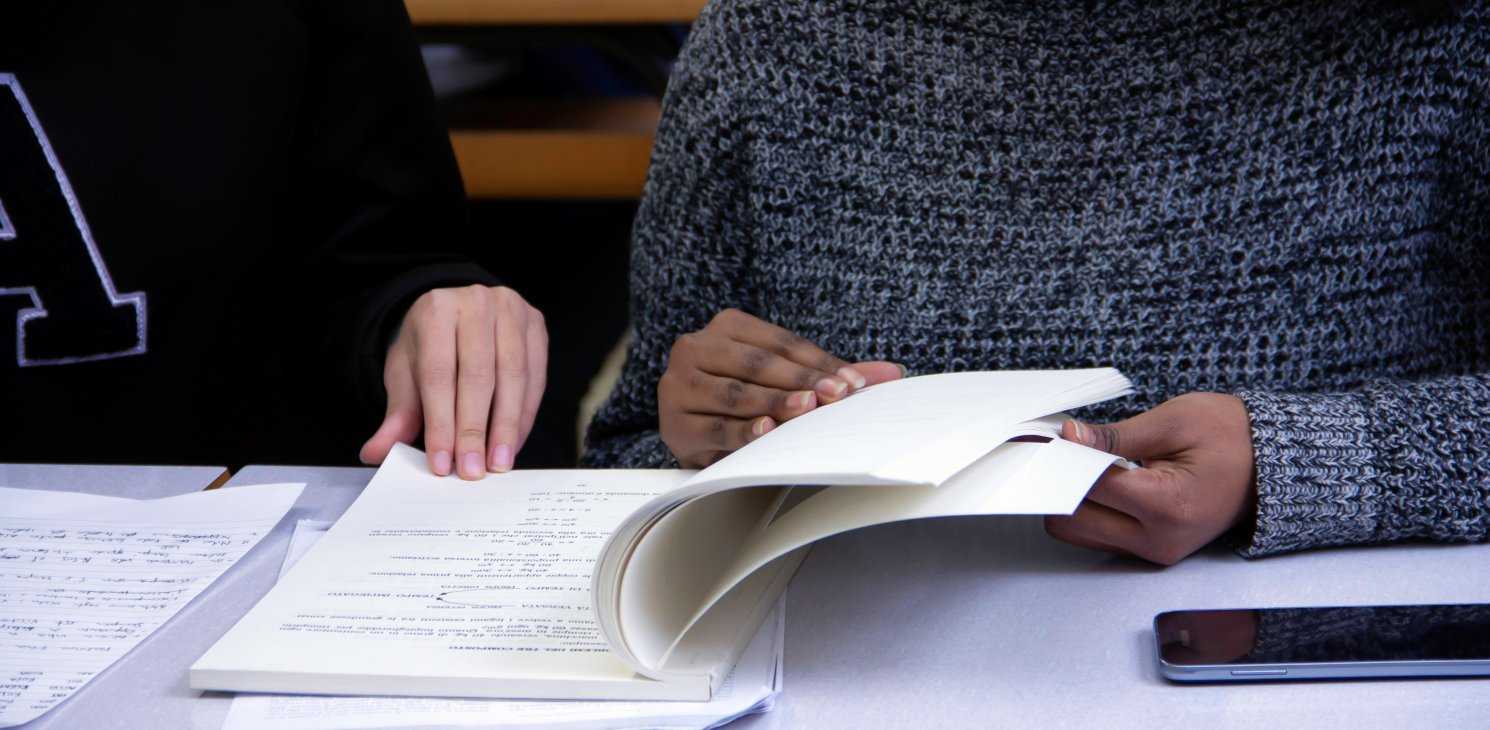
By Dr Annette Bramley, Director at N8 Research Partnership
Building collaborations is one of the most human things we can do as researchers. Collaboration is, by definition, something you can’t do on your own; relationships are the groundwork on which collaborations are built. As human beings we have an instinctive need to form relationships, yet beginning research collaborations can be hard and building relationships came top of the twitter poll for future topics for this blog.
Collaborative relationships have the power to create change, to break down silos and to challenge institutions, structures, systems and prejudices. Collaborative research is needed to address the complex problems facing the world today. But collaborations also expose our vulnerabilities- they show us and our partners that we don’t know it all; and in universities, the quintessential expert and intellectual property driven culture, entering into collaboration represents a risk. In an environment where knowledge is power, exposing your own vulnerabilities and sharing your knowledge takes a degree of altruism, courage and humility.
If you aspire to build collaborative relationships in research; here are 5 steps to try:
Start small, dream big
Research collaborations can seem very daunting and hard to get into, particularly when starting out in our careers. The key is to start with something small that we can do, and give ourselves permission to have a go. Maybe join a network, go to a talk, organise a meeting and see what happens. What’s the worst that could happen? It’s likely we will learn something and meet some new people. Action, however small, is the best way of embodying the type of person we want to be. If we want to be in collaboration, we need to take (small) actions in line with that. The risk of not taking action is that we could become an expert on why we can’t get into collaboration -see my post on problemifying interdisciplinary research for more about that.
Kiss a few frogs to find your Prince or Princess Charming
Don’t worry – no actual kissing is required, but to find researchers that share your values and that you want to work with you will need to get out there and invite other people to make connections with you. And you will need to do that again and again. Academia is rich with conferences, networking events and workshops; many of which are free, and nothing beats good old face-to-face conversation for connecting with another person. Part of my role as a partnership broker for the N8 Research Partnership is to meet researchers across our member universities and in business and connect people with complementary skills and interests. Sometimes these go on to become well-funded collaborations and the buzz I get from knowing I have made a difference is immense. But there are many times I have introduced people and it hasn’t immediately led to anything and that’s also fine; it’s not a failure because new connections have been made.
Listen to understand
Everyone needs to feel respected and listened to, and attention is one of the most scarce and valuable resources available. One of the most sure-fire ways of finding people we want to work with is to be curious and willing to learn without the expectation of getting something immediate out of the exchange. Be present- and yes that does mean putting away those pressing emails, and not imagining or assuming what others know or think. Instead, invest time to listen and empathise. AJ Harbinger wrote: “Listening is the currency of rapport, and the window into trust, connection, and mutual engagement.” It’s the basis of connection and hence to relationship and collaboration.
Invest for success
Relationships are about connecting with someone over an extended period of time. Over time, the connection matures, becomes less transactional and more relational. Trust builds and the risk of entering into a collaboration starts to reduce. Time, alongside attention, is another rare and precious commodity, particularly in academia, but it is absolutely essential for establishing and maintaining collaborations. By building the foundations, through connection to collaboration, we increase the probability of future success, or a return on our investment. We have to be prepared to put in the time and effort; but this is not wasted, it’s stored energy- the batteries that will power the collaboration in the future.
Collaborations are an ongoing practice, a journey not a destination
When it comes to building relationships there are no magic bullets, no secret sauce or recipe for success. Genuine collaboration is more than the sum of its individual parts and cannot be forced. Every person, collaboration, relationship and project is unique. Some collaborations come to fruition quickly, and some are a slower burn. Some never come to fruition at all because the conditions for one or more of the parties weren’t right. The key is not to give up and to treat each experience as an opportunity for development. The benefits of entering, however tentatively, into connection and relationship spill over into personal and professional growth and will better equip us for collaborating with others further down the road.